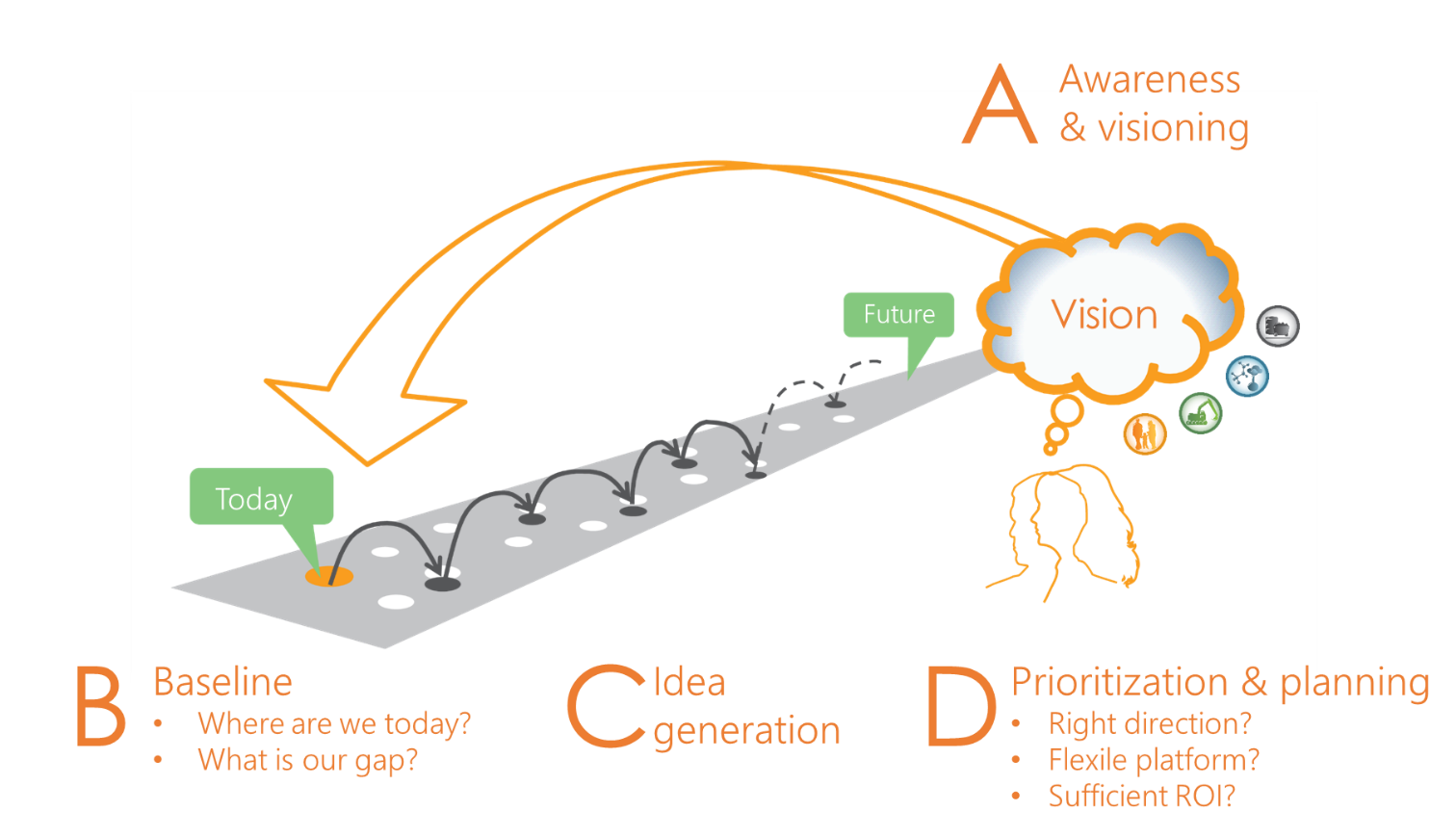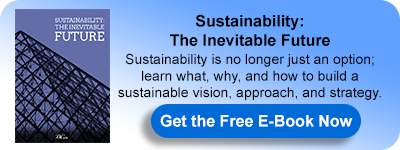Creating a Sustainable Vision
When Business Consultants, Inc. (BCon) works with the clients for the sustainability projects, what BCon often notices is that many of the clients start from the mindset of “how to turn their current business practice to be more sustainable”. However, with the situation where mother earth is no longer capable of handling the outcomes of the current business practices, we need to go beyond thinking from the perspective of the current business. Moreover, just meeting the common practices or the requirements for sustainability is not what we are aiming for. Sustainability can be a competitive advantage when the sustainability measures are cutting edge and when competitors find it difficult to replicate it.
What is a Sustainable Vision?
A sustainable vision is a vision of what our company should look like in a sustainable future when it is no longer engaged with unsustainable activities. The foundation for the sustainable vision is the corporate mission, which defines why we exist in the future society as a business entity, and how it contributes to sustainability.
Based on the corporate mission, it is important to create a vision for the next 20 to 30 years. An ambitious goal that goes beyond the status quo helps create innovation and inspires employees and team members.
Backcasting Principles
To consider a sustainable vision, the best planning method is backcasting.
Backcasting is an effective way to strategically transform our organization over the long term while ensuring ongoing business activities.
It is an approach in which you set an ideal state (100% sustainable) at a certain point in the future, look back at the present, and think about what we should do and what steps we need to take to achieve these ideal state. In contrast, "forecasting" is an approach in which the present is the starting point and creates a plan based on the past information by predicting the future trends.
The 3 key ingredients of backcasting are:
- A clear understanding of success
- Understanding the gap
- Finding smart pathways
(Visit HERE to read more about benefits of backcasting)
It is especially effective in envisioning a sustainability vision since the current business practices are no longer sustainable and thinking outside of the confined areas of conventional business is inevitable.
The ABCD process of the Natural Step helps us to create a sustainable vision that applies sustainability principles from a backcasting approach. What is important here is to describe the future within the constraints of the 4 principles of sustainability.

Copyright© The Natural Step All rights reserved
(Visit HERE for more details of the ABCD process)
The most difficult part of the ABCD process is to draw up a road map because the goal is based on the ideal state in the future. In many cases, the scenario is not sufficient at the time of setting a goal because the solutions to amend the gap might not be available at this moment. Therefore, we visualize the gap with the current situation, identify issues, and take action. Challenges lead to technological improvement, success, and innovation.
How do we measure sustainability?
One of the key challenges for organizations to implement sustainable management is how to quantify sustainability efforts. BCon is an accredited partner of Future-Fit Foundation, which offers scientific, future-focused, and actionable assessment tools for social and environmental performance. BCon uses Future-Fit Business Benchmark with our clients to guide, monitor, manage and improve progress toward the sustainability vision, and to communicate to stakeholders about what sustainability visions and goals they are aiming for.
Future-Fit Business Benchmark has two categories of goals and/or indicators. One is the Break-Even goals, which every business must reach to eliminate the negative impact. Progress of each goal is measured on a 0-100% scale. The other is the Positive Pursuits, which encompass any activity that promotes a positive transition to a sustainable society.
There are 23 Break-Even goals and 24 Positive Pursuits both in the fields of energy, water, natural resources, pollution, waste, physical presence, people, and drivers to ensure the business can set the right goals and measurements for them to be environmentally restorative, socially just, and economically inclusive.
For more about this topic, download our latest book " Sustainability: The Inevitable Future " for FREE:
